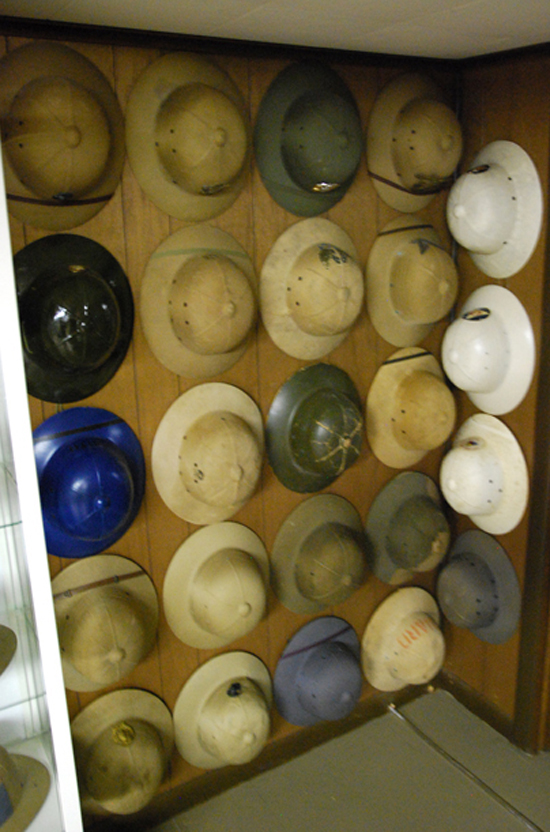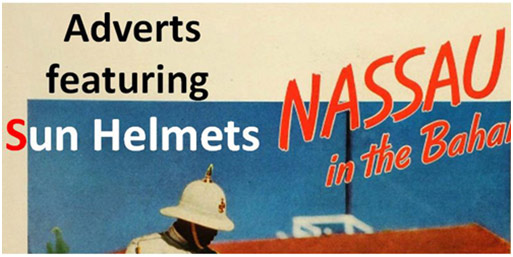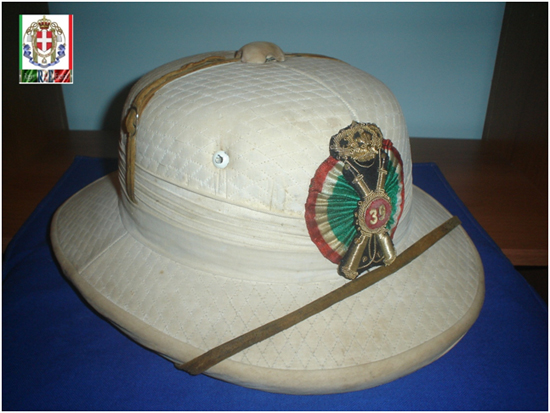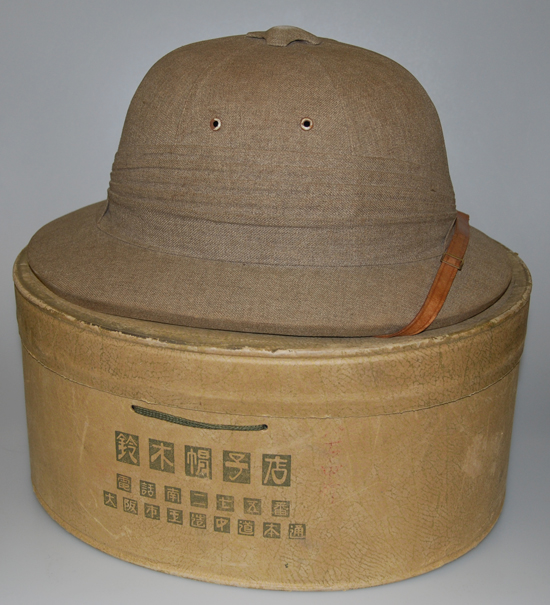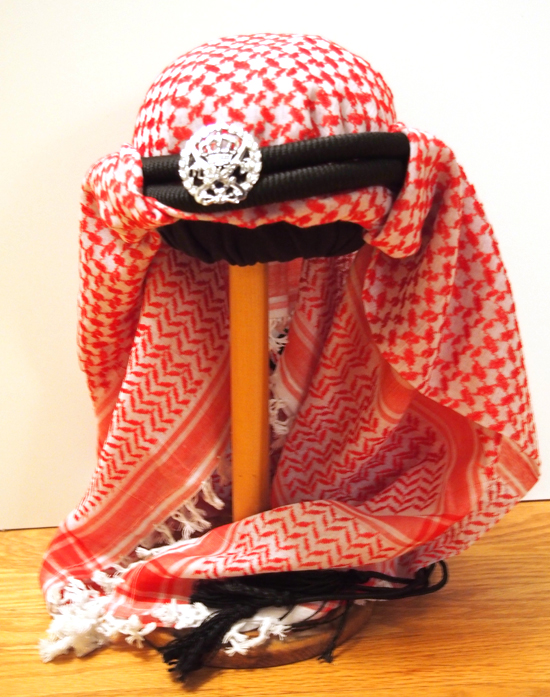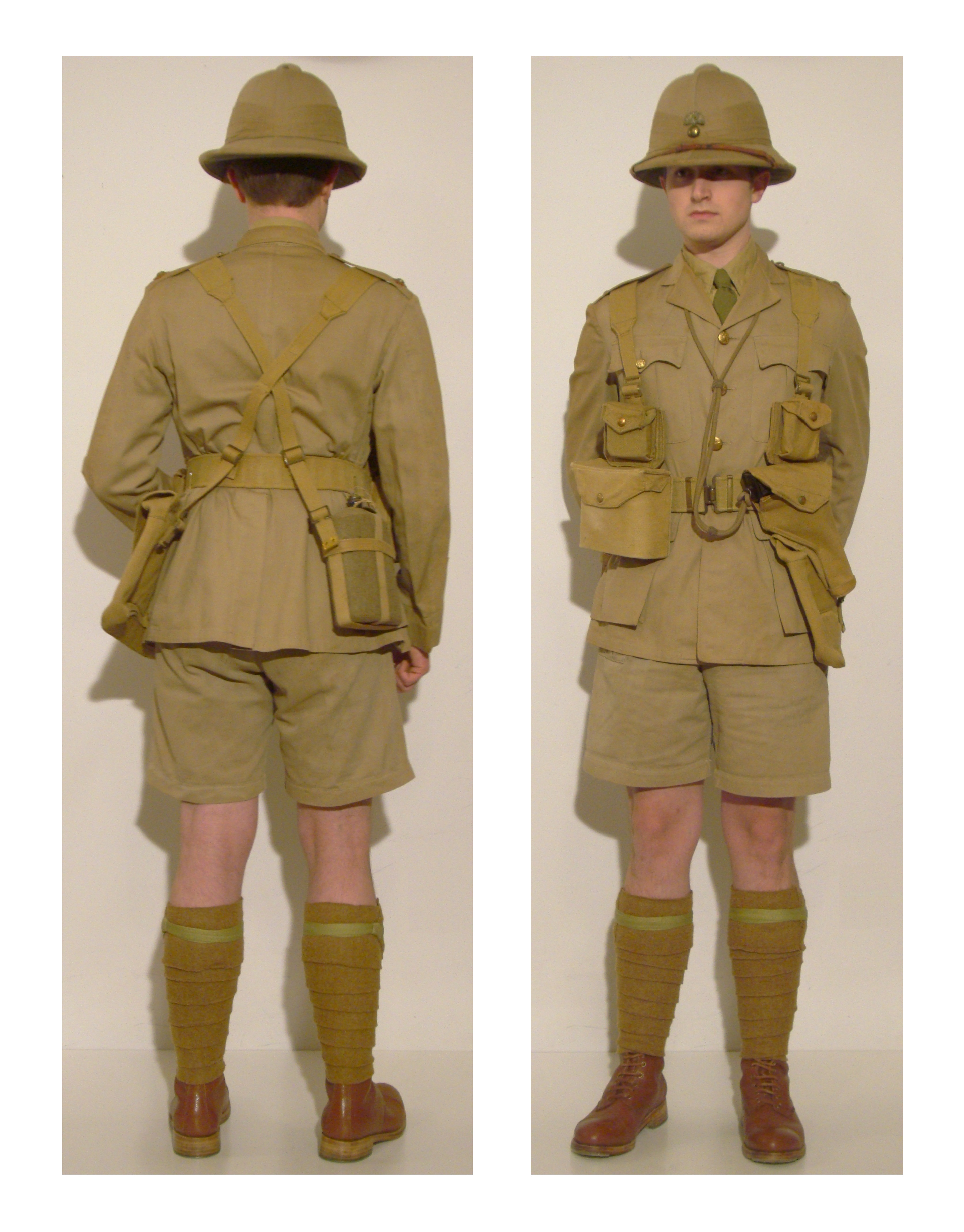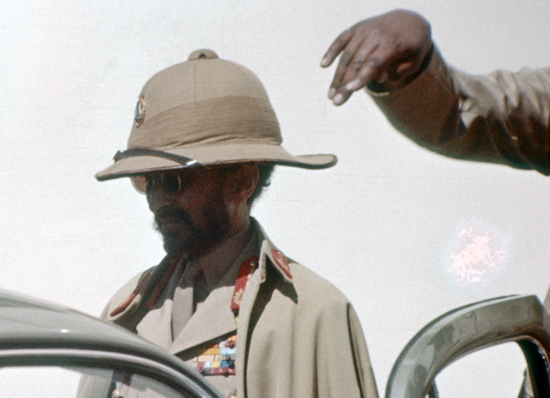Sadly little has been written on the American “Pressed Fiber Helmet,” which actually was in service longer than other other helmet with the American military. While we’ve previously noted that this pattern helmet was produced by two companies – Hawley Products and International Hat Company – little of its history and variations have been chronicled.
While a definitive timeline is still very much a point of conjecture and speculation, this author has attempted to create a reasonable timeline of that follows the evolution of the helmets.

